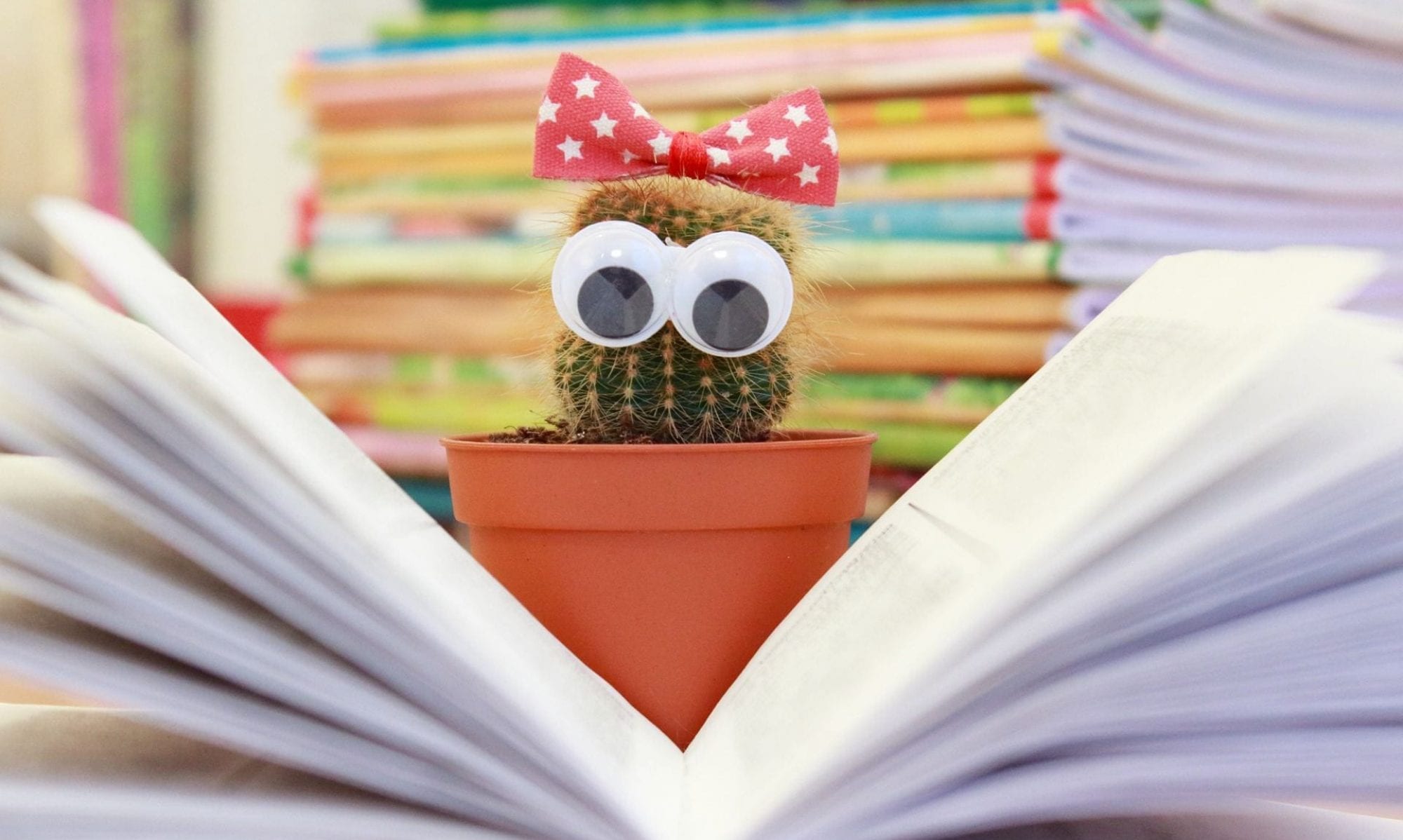Digital Texts
What makes a good digital text?
Within each of my reviews (50 Below Zero, Green Gables Fables, and 80 Days) I referred to the qualities of good literature as identified by Walsh (2013) and Yokota and Teale (2014). The key points of analysis of a digital text become how it engages the reader (Walsh, 2013) and how the reading experience is enhanced (Yokota and Teale, 2014).
A good digital text can mean different things to different reader groups. As Walsh (2013) comments, young readers require texts with solid narrative structure and a variety of vocabulary, whereas older readers need complex plots and characters for analysis. Yokota and Teale identify 3 questions which form the basis of their criteria, which are integrated into my reviews.
Through exploration of different types of digital literature, the application of these criteria have been observed in different ways. What is obvious throughout this exploration is that the digital elements used must add to the story and the reader’s experience.
What counts as a digital text?
A digital narrative is a story which has been designed and created specifically for viewing on a digital device. Unsworth (2006) and Lamb (2011) have similar points of view on what digital literature is.
According to Unsworth (2006), digital texts fall into three categories:
- Digitally augmented
- Digitally re-contextualised
- Digitally originated
Lamb’s (2011) labels of eBooks, enhanced eBooks, and interactive storybooks fall into Unsworth’s (2006) final category. These are texts which are born digital and have no hardcopy format.
The important factor when identifying if a text would be considered digital literature would be to consider its origins and current format. There are many types of digital literature already, and there will be more to come.
What purpose do digital texts serve?
Digital texts can serve to increase access to reading material and opportunities to increase literacy and explore different formats of text.
Walsh (2013) highlights the world outside the books through discussion forums, author websites, research into books, and hyperlinks within texts. All these can help to engage students who might not necessarily be readers. Through digital texts, readers can use text to speech, hyperlinks, music, and interactive features to assist with comprehension. Students can incorporate the multimodal elements to become active participants in reading.
Experience Comparison
I am a print reader. I like the feel of a paper book in my hands, being able to flick back and forth as I make a connection to something earlier in the text, being able to see how much I have read versus how much still to go, I like the smell of a well-loved book, and looking at texts displayed on a bookcase. I think I will always prefer a printed book.
Jabr (2013) and Cull (2011) discuss some impacts of digital learning, and my experiences studying online suggest similarly that comprehension is impacted through reading course material on screen. Printing readings to highlight relevant facts by hand and copy notes from the screen is still beneficial.
While exploring various digital texts for this task, the ones I enjoyed the most were those which were most like print books (eg. your standard print to digital eBook). Except for the texts chosen for review, which were enticing because of the story they tell.
Contrary to several opinions (Walsh, and Skains), exploring Inanimate Alice as part of the semester content was not a pleasurable experience. As a digitally created text it contains many features which make it quality digital literature, including music, moving images and interactivity. But I found the whole experience quite distracting. It was difficult to focus on the actual text and take it all in. In contrast, 80 Days as a game-based narrative also included these elements but to a more subdued level, which enabled a high level of focus on the story being told.
Opinion and Application
The digital text I most enjoyed was the enhanced book Green Gables Fables. This text is a vlog adaptation of the story Anne of Green Gables by LM Montgomery. It highlights issues and themes from the original text and places them into a 21st century setting.
Green Gables Fables could be implemented into the Australian Curriculum English (literature strand) or Media Arts (or as a cross-curriculum topic). In English the videos could be used as part of a text study; and in Media Arts, as an example of script writing, filming and editing skills.
Due to the short nature (4-5 minutes) of each episode it would be possible to watch a selection of episodes within class time. Activities which could be undertaken include:
- Making a comparison between issues and themes in the videos and their own experiences;
- Analysing the vlog for narrative and language elements;
- Comparing vlog to original text;
- Analysing the vlog for media elements;
- Creating their own vlog based on a book they are interested in;
By incorporating a different style of text into English (enhanced book, as opposed to book), a wider range of students may engage in the text and the activities. Incorporating a creative task, such as making a vlog, empowers students in their learning; they become ‘active knowledge developers’ (Hur & Sub, 2012, p.324). In addition, students are developing new skills for the future.
New digital texts and digital adaptations of old texts are on the rise. It is necessary to stay abreast of developments and be critical of digital text choices for use in the classroom.
References
AnneWithAnE. (2013, August 9). AnneWithAnE. Retrieved from https://www.youtube.com/user/greengablesfables/videos
BradField Company. (2019) Inanimate Alice. Retrieved from https://inanimatealice.com/
Cull, B. (2011, June 6). Reading revolutions: Online digital text and implications for reading in academe. First Monday 16(6). Retrieved from https://firstmonday.org/ojs/index.php/fm/article/view/3340/2985
Hur, J. & Suh, S. (2012). Making learning active with interactive whiteboards, podcasts, and digital storytelling in ELL classrooms. Computers in the Schools, 29(4), 320-338. doi: 10.1080/07380569.2012.734275
Ingold, J. & Humfrey, J. (2014). 80 Days [Mobile application]. Cambridge: inkle.
Jabr, F. (2013, April 11). The reading brain in the digital age: The science of paper versus screens. Scientific American. Retrieved from https://www.scientificamerican.com/article/reading-paper-screens/
Lamb, A. (2011). Reading redefined for a transmedia universe. Learning and Leading with Technology, 39(3), 12-17. Retrieved from http://www.learningandleading-digital.com/learningandleading
Skains, RL. (2010). The shifting author-reader dynamic. Convergence: The International Journal of Research into New Media Technologies, 16(1), 95-111. doi: 10.1177/1354856509347713
Unsworth, L. (2006). E-literature for children: Enhancing digital literacy learning. Oxon, UK: Routledge.
Walsh, M. (2013). Literature in a digital environment. In L. McDonald (Ed.), A literature companion for teachers (pp. 181-194). Marrickville, NSW: Primary English Teaching Association Australia (PETAA). Retrieved from https://doms.csu.edu.au/csu/file/863c5c8d-9f3f-439f-a7e3-2c2c67ddbfa8/1/ALiteratureCompanionforTeachers.pdf
Yokota, J. & Teale, WH. (2014). Picture books and the digital world. The Reading Teacher, 67(8), 577-585. doi: 10.1002.trtr1262


